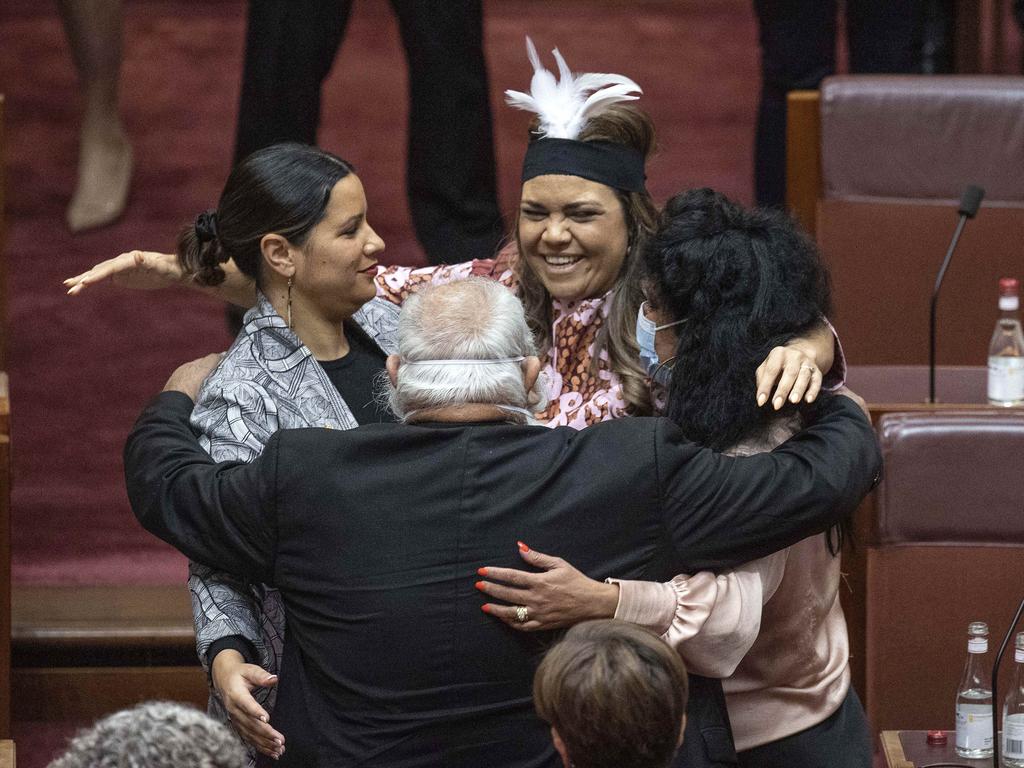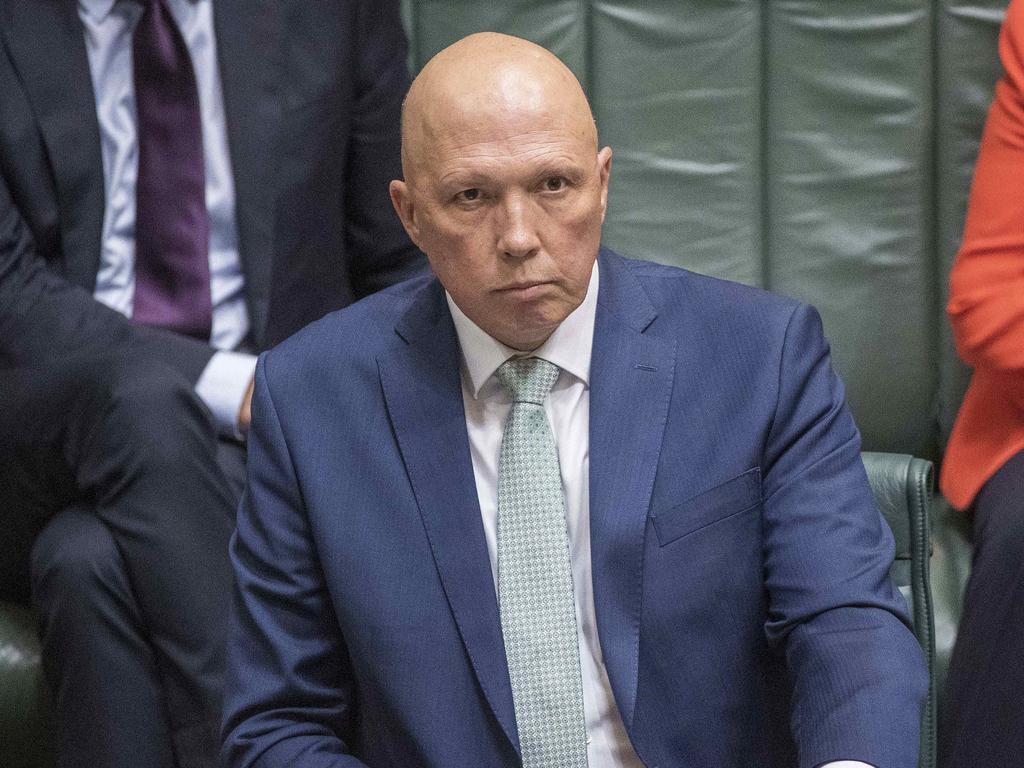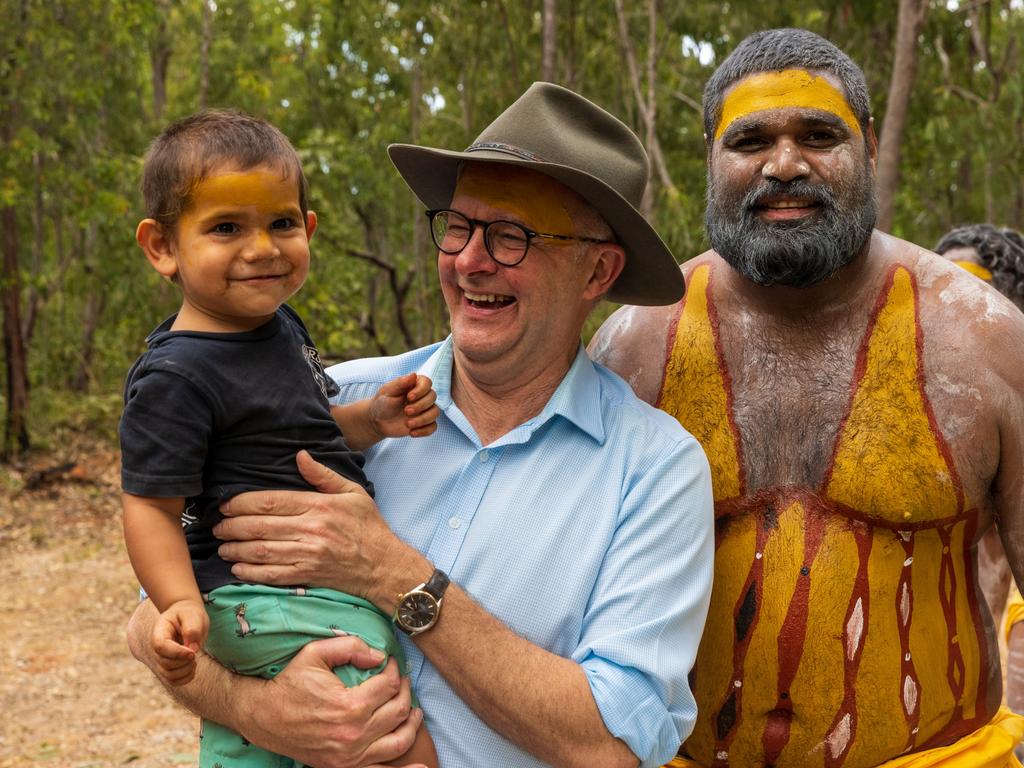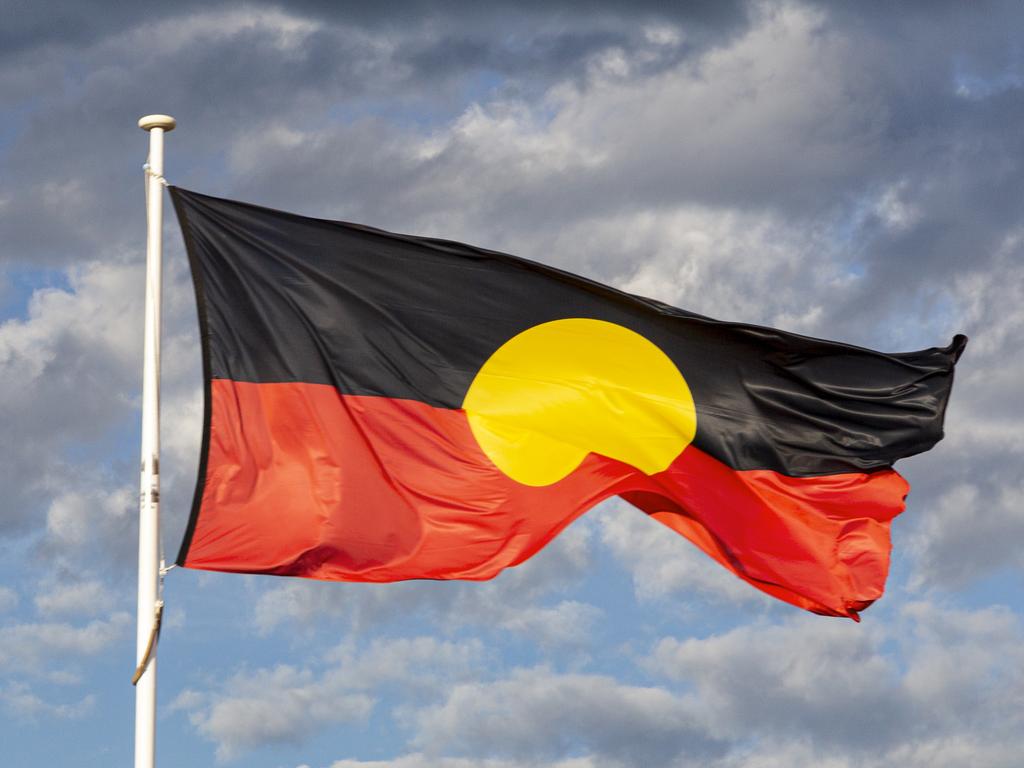Labor should take a step back in voice debate

Referendums present an order of difficulty beyond almost every government. Australia’s most successful electoral campaigner, Robert Menzies, described them as “one of the labours of Hercules”. One issue is that referendums require a different type of politics. The normal features of our political system, such as partisanship and a government’s desire to control agendas and outcomes, inhibit referendum success.
Having announced a question and model, the Albanese government should do the opposite of what would be expected. It should take a step back, rather than continuing to direct and dominate the debate. The Prime Minister should adopt a road map that de-emphasises the voice as a Labor referendum and the proposal as a government model. He should instead create space for the community and a broad range of political interests to have their say and share ownership.
The Prime Minister provided an opening by acknowledging that his three-sentence change to the Constitution may not be the final words. This begs the question of who will settle this? The best answer is that this should occur in a way that unifies the community around the proposed change.
The government should establish a representative group to listen to the community before making recommendations to parliament on the question and wording.
This would avoid the fate of other referendums set up for failure from their earliest stages. This might have occurred because the government imposed a referendum model, and so alienated the opposition and other parties, or because the community was left out of the process altogether. These pitfalls explain why most of Australia’s referendums were rejected, including every proposal put by Labor since 1946.
The government’s road map should set down a timetable. Expectations need to be managed, including of the many enthusiastic people supporting change, by explaining how the people and parliament will settle on the right model while building confidence and broad political support. All up, 12 months may be required to set down the rules for the referendum, agree on a proposal and provide time for campaigning. Advocates have suggested a referendum as early as May 27, 2023 to coincide with the anniversary of the 1967 referendum. This would be ambitious and may not give the referendum the best chance of success.
Rules must also be set down for conducting the referendum. This should be done now, well before campaigning starts in earnest. Past referendum attempts demonstrate the dangers of doing otherwise. Bipartisanship can be lost in the struggle to agree on the rules for the referendum, even if the parties both support the proposal itself. Referendum campaigns have featured bitter debate over the fairness of the rules for running the referendum, which has been a turn-off for voters and a boon for the No case.
The problem facing the government is that the rules in the Referendum Machinery Act are inadequate. They were first conceived in 1912 and have still to be adapted for radio and television, let alone the internet and social media. The law also contains gaps in key areas. For example, it fails to provide for public education about proposals or the possibility of funding Yes and No cases. A short-term amendment fixed some of these issues for the 1999 referendum on the republic, but those changes have since lapsed.
The Referendum Machinery Act also constrains what can be asked of the people. The Prime Minister wants Australians to answer the clearest possible question: “Do you support an alteration to the Constitution that establishes an Aboriginal and Torres Strait Islander voice?” However, the Act does not permit a question in this form. It instead requires a more convoluted ballot paper that sets out “the title of the proposed law” followed by the question “Do you approve this proposed alteration?”.
Fortunately, a solution is at hand. In December, the House of Representatives Standing Committee on Social Policy and Legal Affairs released a report on how referendums can be brought into the modern age. The committee was chaired by a Coalition member and its recommendations won unanimous support across political parties. The report attracted little attention at the time and should now be revived. Its sensible and long overdue reforms provide an excellent starting point for running Australia’s next referendum.
George Williams is a Deputy Vice-Chancellor and Professor of Law at the University of NSW.







The Albanese government began its campaign for an Indigenous voice on a high note with the Prime Minister’s announcement of a possible model and question. It must now set out a road map for how the nation will get to polling day. The challenge is to maintain the momentum generated at Garma, lest the voice follow the trajectory of Australia’s 36 failed referendums. They also began with the best of intentions before descending into partisanship and rejection at the ballot box. Avoiding this will require a very different approach to past Labor campaigns.